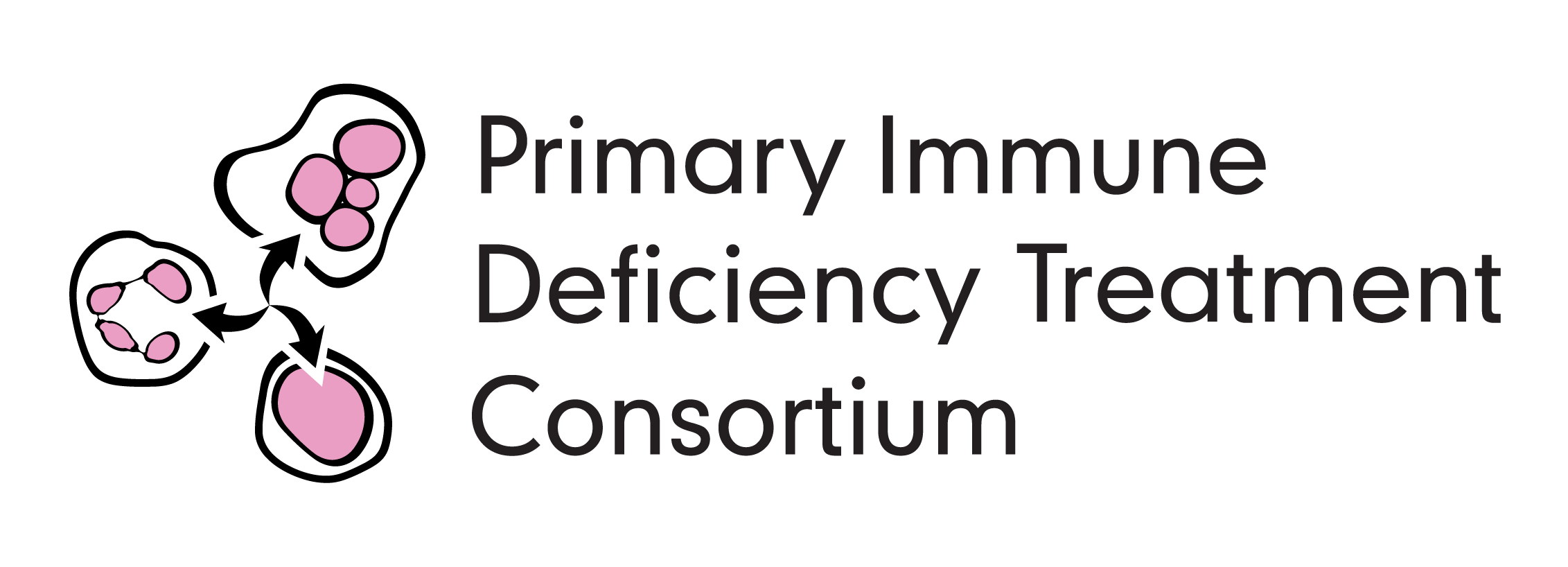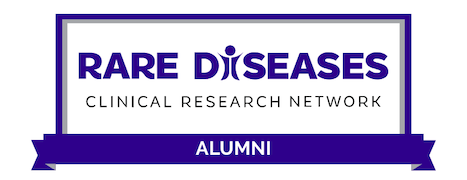Background
Severe combined immunodeficiency (SCID) is a genetic disorder of the immune system. The immune system is the cells of the body that recognize and kill infections, such as bacteria and viruses. Children with SCID have very little immune function and can’t fight off infection. Children with certain types of SCID can achieve good T-cell function after transplant with very little chemotherapy, but usually have poor B-cell function after transplant unless chemotherapy is used. These types of SCID are the ones who may be able to benefit from this study, and include patients with genetic mutations in one of the following genes: IL2RG, JAK3, RAG1, or RAG2.
The success of treating SCID with a stem cell transplant depends in part on who is the donor of the normal blood cells. Stem cell transplant is highly successful if the affected child has a brother or sister who is a full tissue type match to donate stem cells.
Many children with SCID do not have a brother or sister who is a full tissue type match. For these patients, there are several choices of donors including parents (who are partially matched to the patient) or unrelated people who are closely tissue type matched. The results of these transplants are not as good as with a fully matched brother or sister.
Stem cell transplants using parents as donors can be done with or without chemotherapy, which are medicines typically used to treat cancer but in this case are used to help the stem cells “take”, or avoid rejection from the body. When parents are donors and chemotherapy is not used, the transplant sometimes has to be repeated.
Stem cell transplants from closely matched people outside the family usually do not have to be repeated and usually result in full replacement of the immune system; this success in the past likely stems from the fact that such transplants have almost always been performed with chemotherapy. The most common chemotherapy regimen used in the past is a combination of high dose busulfan with cyclophosphamide, or more recently high dose busulfan with fludarabine. Either of these regimens may be associated with significant short-term and long-term side effects.
This research is being done to find out if lower doses of chemotherapy before stem cell transplant can help patients with Severe Combined Immune Deficiency (SCID) when they do not have a sibling who is a full tissue type match.
About this Study
This is a prospective phase II study comparing low dose and moderate exposure busulfan-based regimens in conjunction with TCRαβ+/CD19+ depleted allogeneic hematopoietic cell transplantation (HCT) in patients with SCID without active infection, who lack matched related donors and have either a suitable haploidentical related or unrelated donor available. Two genetically defined cohorts of SCID patients will be studied, patients with defects in cytokine signaling (IL2RG or JAK3 mutations) and patients with defects in antigen receptor recombination (RAG1 or RAG2 mutations). Patients with IL2RG/JAK3 will receive busulfan and rabbit anti-thymocyte globulin; patients with RAG1/2 will receive busulfan and rabbit anti-thymocyte globulin in conjunction with fludarabine and thiotepa. The donor, whether haploidentical or unrelated, will be selected by the physician at the enrolling site.
The study seeks to determine by a randomized trial whether the established dose of busulfan is necessary for high proportions of patients to achieve combined cellular and humoral reconstitution, or whether a lower exposure of busulfan would be sufficient. A total of 64 patients (32 at each exposure level) will be randomized, stratified by genetic mutation cohort (IL2RG/JAK3 and RAG1/2). Primary outcome is vaccine specific antibody response. Safety/feasibility of the novel TCR αβ+/CD19+ depleted allogeneic HCT strategy will be monitored in an ongoing manner using stopping rules for lack of neutrophil engraftment and other important short-term toxicities. Data and blood samples will be collected at baseline, during the conditioning regimen, day 0, and at 7 days, 14 days, 30 days, 42 days, 60 days, 100 days, 6 months, 9 months, 12 months, 2 years and 3 years post-HCT.
Targeted Enrollment
To be eligible to participate, your child must:
- Be no older than 2 years of age, male or female
- Diagnosed with SCID, either
- Typical
- Leaky
- Omenn syndrome
- Have a mutation in one of the following SCID-related genes
- Cytokine receptor defects (IL2RG, JAK3)
- T cell receptor rearrangement defects (RAG1, RAG2)
- Not have a full-HLA matched sibling available as a donor
- Have a suitable available donor, willing to donate PBSC cells, either a:
- Half-matched adult relative, usually a parent
- 9/10 or 10/10 HLA-matched volunteer donor
- Have adequate organ function
Your child is not eligible to participate if:
- They have any serious infections at the time of enrollment or transplant, including HIV or HTLV

